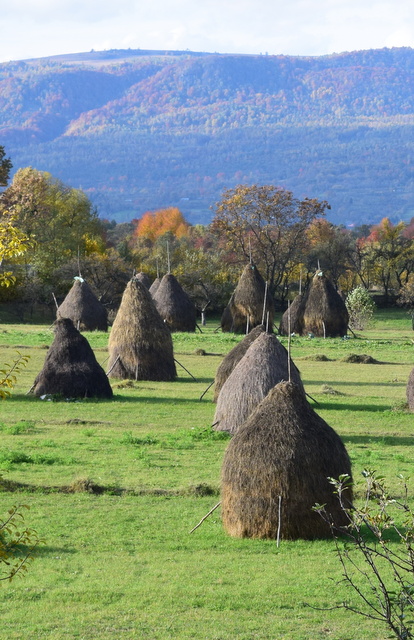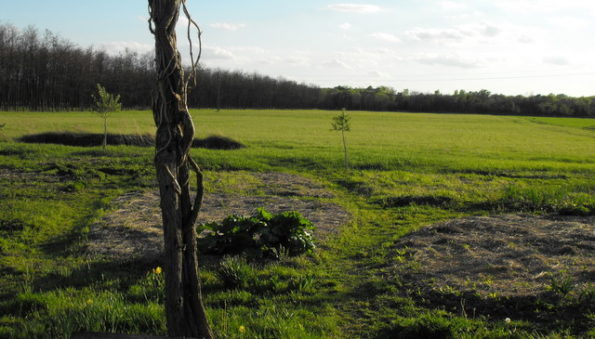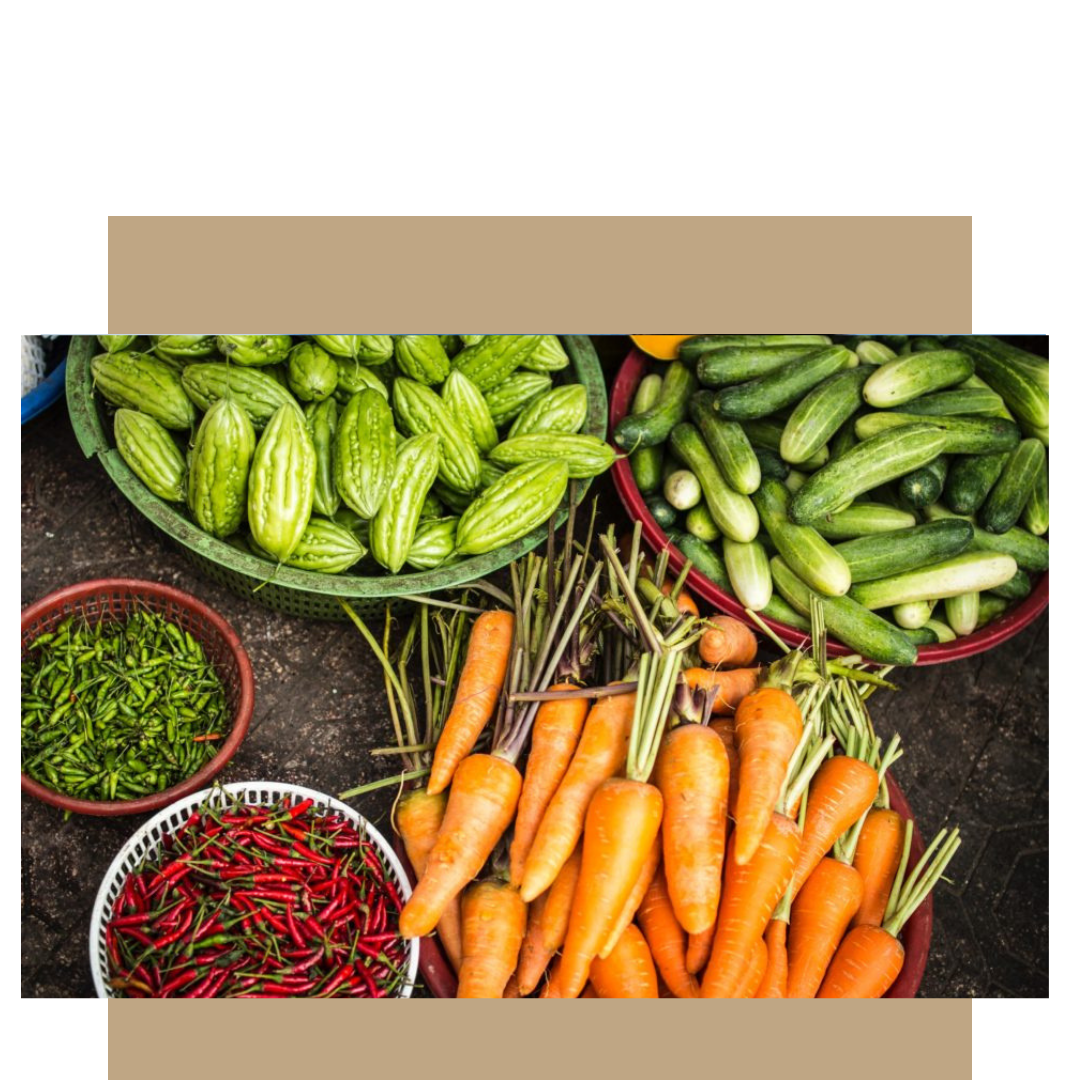Using hay bales for planting and mulching your vegetable garden
An organic garden is truly something to be desired these days, as daylight hours are growing and soil temperatures are warming up, with the added bonus of responsibly growing your own chemical-free vegetables from seed and having plenty of time to spend in nature. When your garden is lush and green, full of homegrown healthy foods, it is almost like a dream…
You already have the patch of land, you have purchased your seeds, read all the little details on the packages and now what? The soil surface needs to be prepared ahead of time – a no-dig approach can involve thick mulching – as well as thinking about natural fertilizers or manure to enrich the seedbed.

Knowing the difference between hay and straw, will help you decide which biodegradable material to use, instead of opting for newspaper, cardboard or old cloths. Hay is essentially dry grass, including any plants such as dandelion and wild herbs, that has been allowed to grow to a certain height and cut just before it goes to seed (at peak nutrition for animal feed), dried and bundled.
Straw is the golden stalk that remains after harvesting the seed head, typically from wheat, barley or rye. Often used as animal bedding, it does not contain the same valuable nutrients as hay. So, if all you are looking for in the garden is to cover your paths with a compostable material, then straw is your cost-effective answer. However, if you want to increase the size of your crop by adding valuable nutrients to the soil, then stick with a good quality hay.

Depending on the soil condition in your garden, you may or may not, want to dig up the ground before applying a thick layer of hay mulch. Creating a permanent mulch layer may take several seasons, so be patient with the process.
Keep the hay mulch layer between 4” to 10” at all times throughout the season, adding more to supress the weeds as needed. One great advantage to this system is that once you have an established mulch layer, there is little to no need for continued tilling – the back-breaking laborious task of gardening. Without disturbing the top soil layer, you will let the beneficial microbes and worms flourish in the garden and your vegetables will love it!
Another advantage that you will quickly observe is that the hay mulch keeps the ground cooler and traps plenty of moisture, allowing you to save on excessive summer watering which goes hand-in-hand with using a rainwater collection system, if you have the space.

What plants grow well using a hay mulch?
Corn can be directly planted in the soil by pushing the kernels through the hay mulch, just remember to draw a line with a string so that you remember where they should come up.
Potatoes grow exceptionally well using a simple mulch system: add a layer of compost if needed close to the soil surface, water the area, plant the potato seeds by placing them on the “surface” and cover generously with 6” of hay. Then water them well and wait for them to emerge! If the hay blows away it can be temporarily covered with mesh, or just add more hay and water it down. If you do use mesh, make sure to remove it as soon as the potato plants begin to surface from their hay blanket. The greatest thing about growing potatoes this way, is that you can check on their size and readiness, simply by removing part of the mulch. If not ready, then put it back. Or harvest a few here and a couple more there. Best of all, the potatoes are harvestable already clean!
Anything that can be transplanted would do great in this growing system, such as strawberries, tomatoes and squashes. You can let your peas and cucumbers crawl where they want to go without the need or worry for staking them, as the hay mulch allows for both circulation as well as drainage.
As well as letting the hay mulch define the edges of your garden, it is also an easy way to implement crop rotation. With a semi-permanent no-dig, mulched garden you can keep essential nutrients put and enjoy the benefits year after year.





